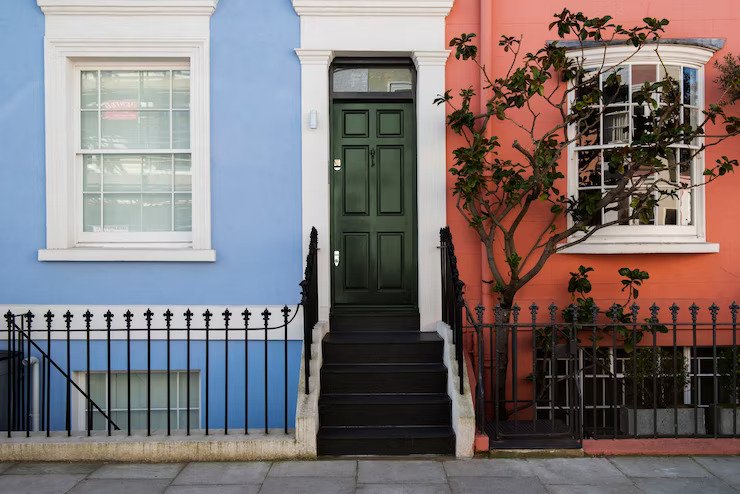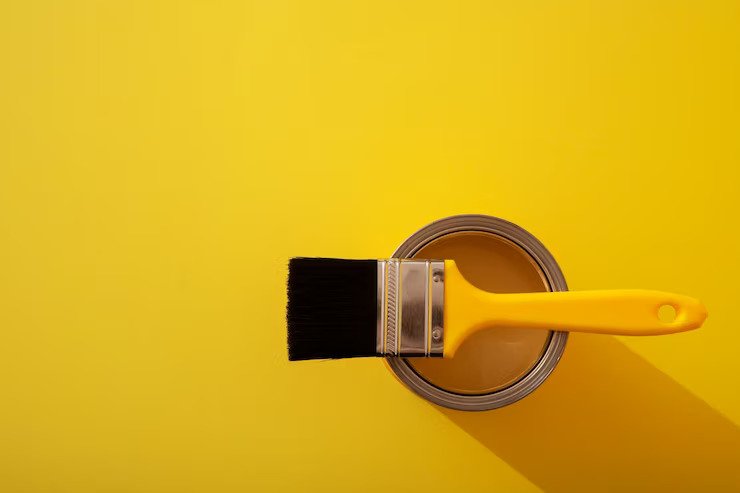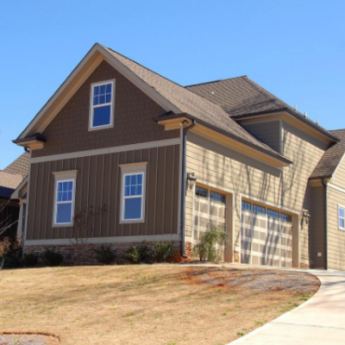Ways To Transform The Look Of Wall Paint By Avoiding These Mistakes

One of the simplest ways to change the appearance and feel of a space in your house is to paint it.
However, several problems, such as cracking or running paint, may occur during wall painting. The glossy layers of wall paint enhance the whole look of the home. One small crack and hole in the wall paints are enough to ruin the whale look of the room.
While these issues are common, they are also challenging to fix. Engaging a professional to do the painting job is essential to avoid these problems.
Ways To Transform The Look Of Wall Paint

Here are some of the wall paint ideas that can transform the room’s entire look.
1. Adhesion or Blocking
Adhesion or blocking is a frustrating painting problem on doors and windows. It happens when there isn’t enough time for the paint to dry properly before closing a door or window.
Many house owners are asking about how to paint a textured wall. The first step will start with blocking and layering. These simple steps smooth out the uneven surface.
Hiring painting companies Seattle and following the suggested drying periods for your color from the manufacturer is the best way to prevent this. Also, slow down when painting and mask the surface well.
The most common reason for adhesion or blocking is that the paint was applied too quickly. The surface must be arid before the wall paint colors are reapplied, and it must be done carefully.
2. Blistering
Painting is a great way to update your home’s interior. But it can also bring up a lot of problems along the way. When air is trapped underneath the paint, it causes the paint to bubble on the wall and blister.
Blistering underneath wall paint is a common problem that can lead to sagging, flaking, and peeling paint on walls and trim. The blisters form when bubbles of moisture build-up beneath the paint film.
It is essential to scrape away blistered paint from your walls and sand them to bare wood before applying another coat of paint. It will help to reduce the chances of bubbling in the future.
Cracking is a common paint problem, often caused by over-thinning or poor surface prep. It can also happen if you use a heavy hand while painting or need to allow more time for the paint to dry between coats.
3. Grit
When working on a wall, it’s easy to let the paint drip or drip while it’s still wet. It can result in a messy, uneven mess. Applications of wall paint are essential. Small mistakes during application can affect the overall look of the room.
If this happens, sand the wall with fine-grit sandpaper before applying a fresh coat. It will help the new paint adhere better and avoid problems.
It uses sandpaper with grit 60 or higher for heavy wear and tear surfaces. It may also be necessary to sand surfaces before painting if they’re in heavily trafficked areas, such as restaurants or shopping centers.
Another problem caused by sanding is the appearance of dark specks that will show through the paint, especially over time. Mix a small amount of sand into the paint before application to avoid this.
4. Chalking
A small amount of chalking is a normal part of the paint film’s weathering process, but excessive or continual chalking can lead to more severe paint problems.
Chalking is a common issue, but for the indoor walls, this does not look good. Chalking means inferior painting quality. So if you like to avoid chalking, polymer paints are perfect.
Depending on the surface type, chalking can be controlled by cleaning and sanding the area. If repainting is necessary, it may be easier to avoid chalking by choosing a topcoat with good UV resistance.
Chalking is caused by the degradation of a paint system’s resin, mainly due to exposure to intense ultraviolet light.
Other contributing factors include acid rain, pollution, and salt spray. Scraping is an affordable process to get free from stray paint. Repaint the damaged areas, then fill up the bare patches.
Apply the premium paints to compare and advise for thinning speeds. It is essential to use high-quality paint while employing striking colors. Watch the quality of your painting.
Bottomline:
Hope you get the ideas about wall paint applications. Now many machines and tools are also available for applying wall paints. So you can paint your walls with your own effort.
What is your opinion? Are you taking the painting services? Then share your experiences with the applications and drawbacks of the process through the comment section.
Read Also:











Leave A Reply